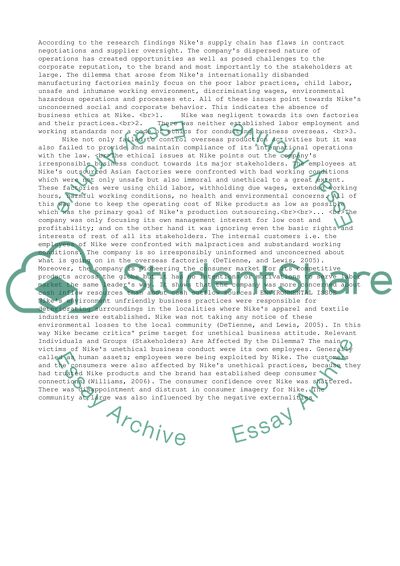Cite this document
(“An Organizational Ethical Dilemma of NIKE Essay”, n.d.)
Retrieved from https://studentshare.org/business/1395559-an-organizational-ethical-dilemma-of-nike
Retrieved from https://studentshare.org/business/1395559-an-organizational-ethical-dilemma-of-nike
(An Organizational Ethical Dilemma of NIKE Essay)
https://studentshare.org/business/1395559-an-organizational-ethical-dilemma-of-nike.
https://studentshare.org/business/1395559-an-organizational-ethical-dilemma-of-nike.
“An Organizational Ethical Dilemma of NIKE Essay”, n.d. https://studentshare.org/business/1395559-an-organizational-ethical-dilemma-of-nike.


